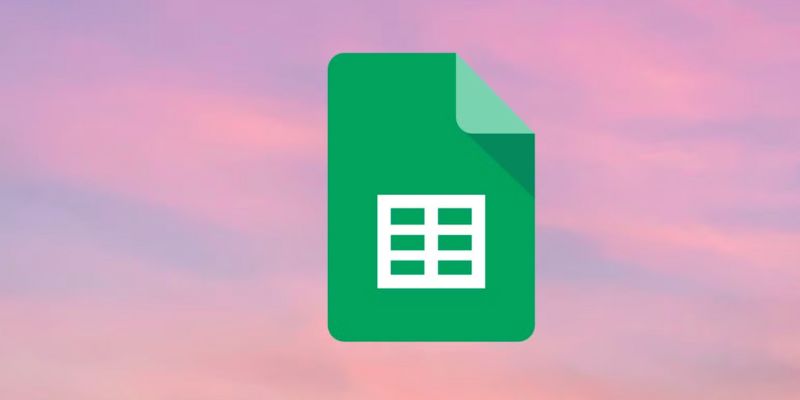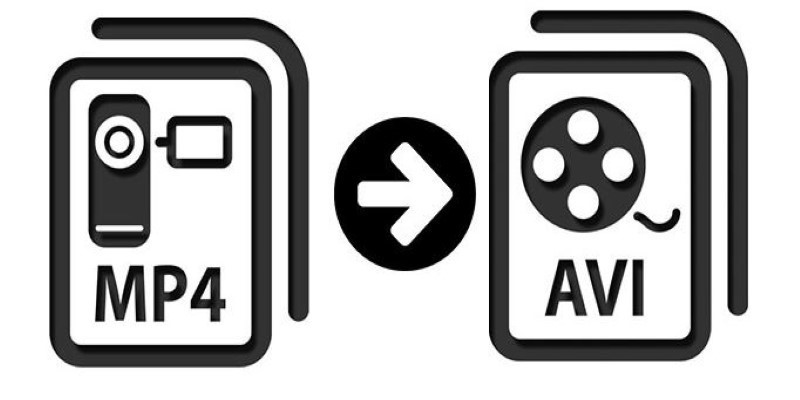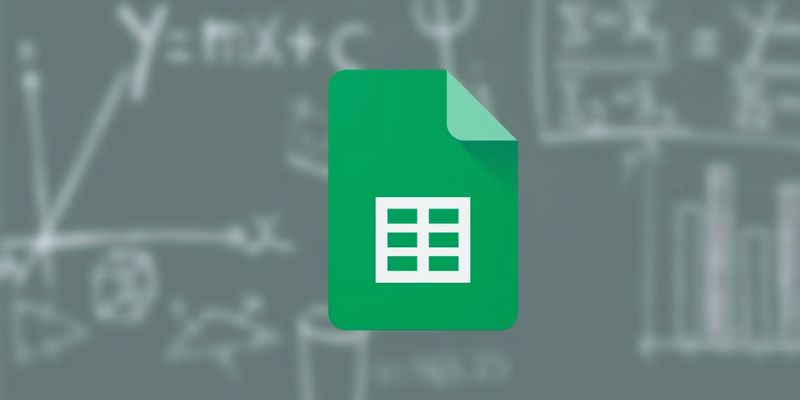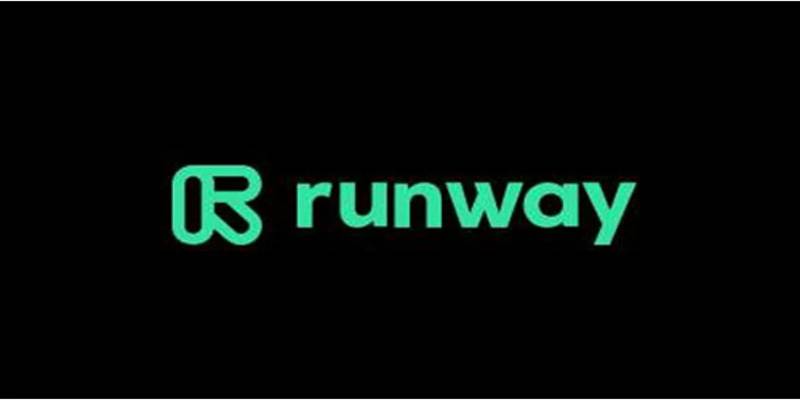How to Make a Gantt Chart in Google Sheets for Project Management
Advertisement
A Gantt chart in Google Sheets can help organize tasks, timelines, and progress across a project. Many teams choose Google Sheets project tracking tools because they are easy to use and cost-effective. Using conditional formatting and bar charts, you can visually map out task durations and dependencies. This method makes project planning simple, even without expensive software.
With shared access and real-time updates, team collaboration becomes much smoother. You can create Gantt charts online without technical skills, using only formulas and formatting tools. Whether managing deadlines or coordinating roles, Google Sheets makes project tracking more accessible. Learn how to build an interactive chart step-by-step and manage your project with greater clarity and control.

Step 1: Set Up Your Project Table:
Start by opening a new Google Sheets document. Name the sheet to match your project title. Create headers labeled Task Name, Start Date, End Date, and Duration. Each row should represent a single task, making calculating timelines and tracking progress easier. Enter every task with a beginning and a finish date. Continue to format consistently for simpler computations.
Use a basic calculation in the duration column to subtract the start from the finish date. That determines the task's daily length. Avoid merging cells to maintain formula integrity. Maintain a nice and simple, understandable table. Sort categories using different colors. The basis of your Gantt chart is a neat table. Structure and layout help to decrease errors. Before we get to visuals, you must set up this. Give correct and full data input top priority.
Step 2: Insert a Stacked Bar Chart:
Emphasize your table, which is devoid of the column on duration. See the Insert tab and choose "Chart." Make the chart type in the Chart Editor "Stacked Bar Chart." This arrangement works nicely for the Gantt chart. It lets one readily see work deadlines. Flip the X-axis and Series on the configuration menu if necessary. The bars show the start and length of your assignments. Customize colors to fit the demands of your project. Start the work using light tones.
Highlight with a bold color. It helps one to see the development. Graphical clarity helps Gantt charts. This graphic design helps Google Sheets improve its project management. Change gridlines to stay clutter-free. Check the vertical axis for clear task names. A well-organized graphic allows you to understand better. Maintaining equilibrium in chart height would help to suit the screen area. Visual aspects improve team collaboration and knowledge.
Step 3: Customize the Chart Format:
To launch the Chart Editor panel, click the chart. Start altering the appearance under "Customize." start by adjusting the series colors. Transparency should be the start series color. It simply shows the duration and hides the start bar. Change the duration bar's color to your liking. Select blue, green, or any hue that stands for phases. Change the horizontal axis to cut off pointless labels. For simpler task reading, simplify the vertical axis. For a better view, enlarge the typeface. Show daily improvement with gridlines.
Separate task rows with alternate background colors. Make sure every team member can read your chart. For further intricacy, you can also draw borders separating bars. Project management tools available in Google Sheets allow for such adaptability. Name your chart, such as the project title. Formatting helps your Gantt chart be more functional. Faster and simpler tracking comes from better sight.
Step 4: Adjust the Timeline and Dates
Accuracy depends on accurate timing. Check your start and end dates twice. Change the horizontal axis orientations on the chart. Specify minimum and maximum dates. This setting displays only the project-relevant dates on your chart. Eliminate weekends if yours does not call for them. See "Horizontal Axis" under the Customize tab to change scale parameters. For dates, use the numeric form if necessary. Match your project's schedule with corporate objectives. Across the sheet, check the date format to prevent mistakes.
Maintaining all data formats the same across would help Format holidays or milestones using conditional formatting. You can shade those dates in another hue to highlight them. Put text notes next to those days if needed. In Google Sheets, Gantt charts get increasingly accurate this way. A well-defined schedule helps to avoid ambiguity during application. Before finishing the chart, always double-check entries connected to dates.
Step 5: Share and Collaborate in Real Time:
Once you finalize your chart, share it with your project team for collaboration. On the upper right, click the "Share" button. Invite colleagues with viewing or editing access. Control those who can implement changes. Use "Comment" mode to provide comments that are free of editability. Teams may easily mark advancement right on the Gantt chart. Create change alerts as necessary. Google Sheets version history allows you to track updates efficiently. For clarity, save comments next to every task. Should you require a backup, create a duplicate chart.
Google Sheets project management tools make real-time teaming possible. When several people cooperate, updates happen right away. This promotes responsibility and helps to clear uncertainty. Everyone keeps in line on projects and deadlines. Use color alerts to highlight past-due tasks. Mark finished objects for easier viewing. View particular dates or teams with filters. Proper sharing of Gantt charts increases their potency.

Step 6: Use Templates for Quick Setup:
Templates let you create Gantt charts more quickly. Visit the Google Sheets Template Gallery here. Search for alternatives, including "Project Timeline" or "Gantt Chart." Select one that works for your process. Templates incorporate already specified design elements and formulas. You only have to input your info. Substitute actual project names for placeholder content. Change dates and times to fit your work. Templates help to save time formatting-wise.
Create a Gantt chart online using these simple designs. After setup, the chart is still yours to personalize. Update fonts, colors, and axes as needed. Templates reduce formula errors and chart problems. They are perfect for limited time or novices. Always check for correctness and compatibility. Pre-built Gantt charts save work and time. For every team, they streamline Google Sheets project management.
Conclusion:
Building a Gantt chart in Google Sheets improves project tracking and team coordination. It simplifies timelines using easy visual tools and keeps everyone aligned with deadlines. With built-in features and custom templates, you can create Gantt charts online without extra software. Sharing and updating progress in real time becomes effortless. You can customize everything from color formatting to calculated task durations to fit your project needs. Whether you're planning short-term tasks or long projects, Google Sheets project tracking tools help maintain momentum and transparency at every step.
Advertisement
Related Articles

How to Convert SWF Files to Animated GIF

Master Workflow Efficiency with Microsoft Automation

Change MP4 Videos to AVI Using Free Tools

Effortless Ways to Enjoy iPod Videos on Your Television

How to Make a Gantt Chart in Google Sheets for Project Management

How to Send an Email When Updates Are Made to Google Sheets Rows: A Guide

Runway Gen-4 Turbo Transforms AI Video Creation with Fast Output

10 Free eCommerce Tools to Help You Launch Your Online Store with Ease

Hugging Face and Cloudflare Launch FastRTC for Real-Time AI Media

Quick and Easy Ways to Record Your iPhone Screen

Amazon Echo Voice Setting Removed, Privacy Advocates Sound Alarm

 knacksnews
knacksnews